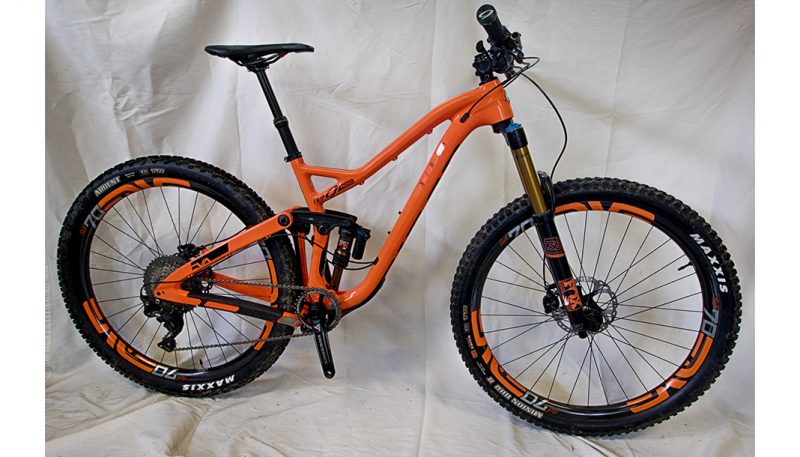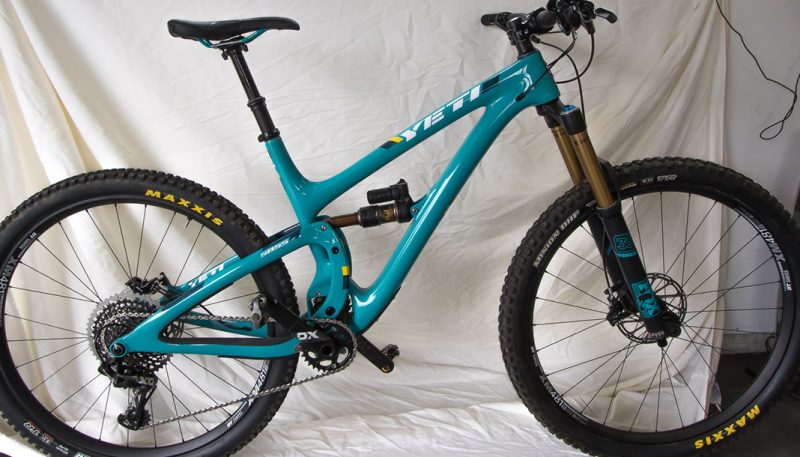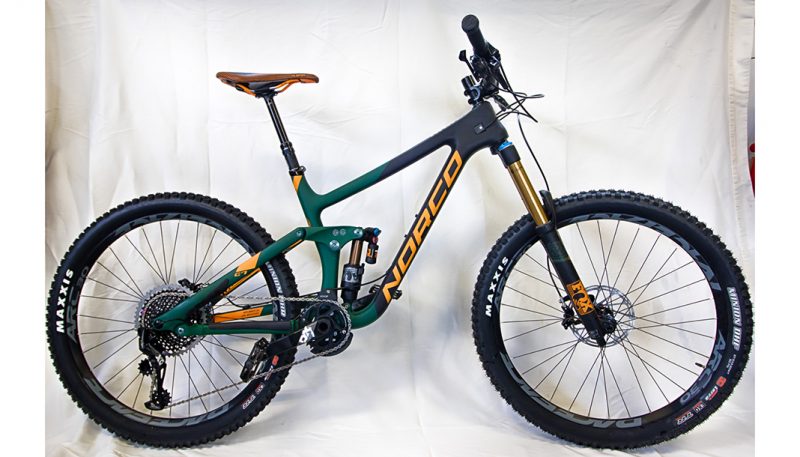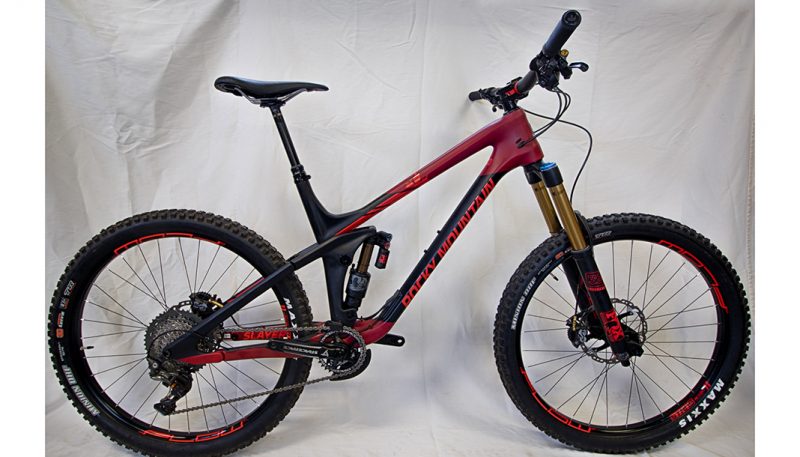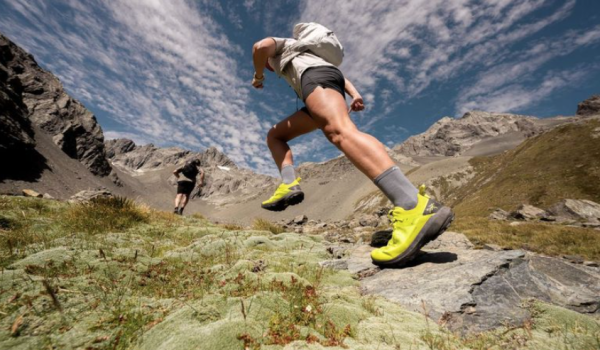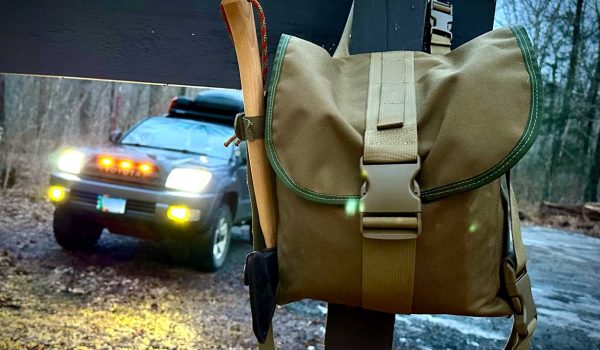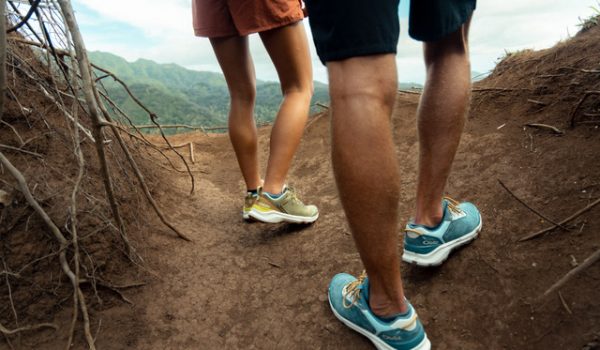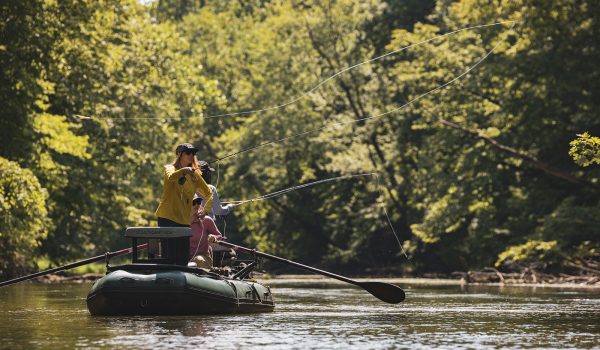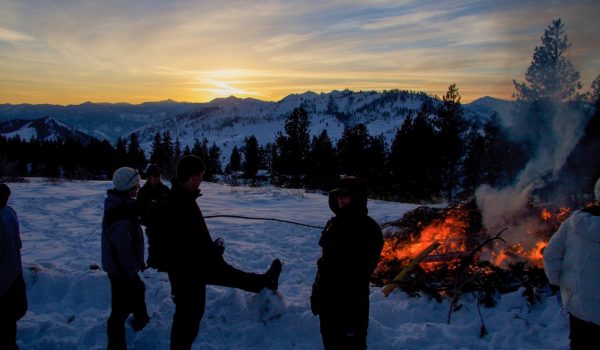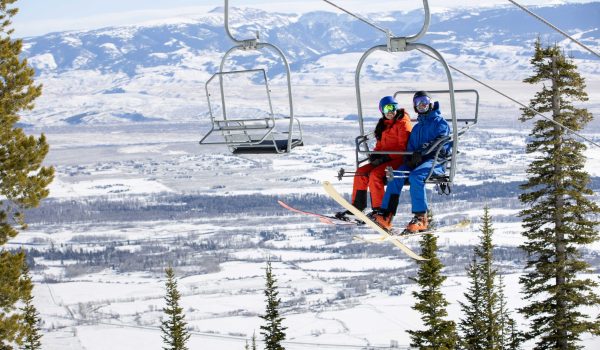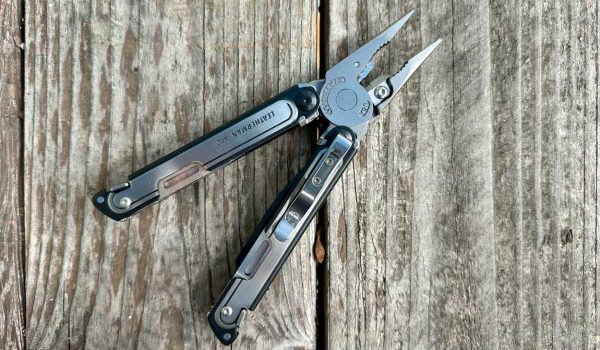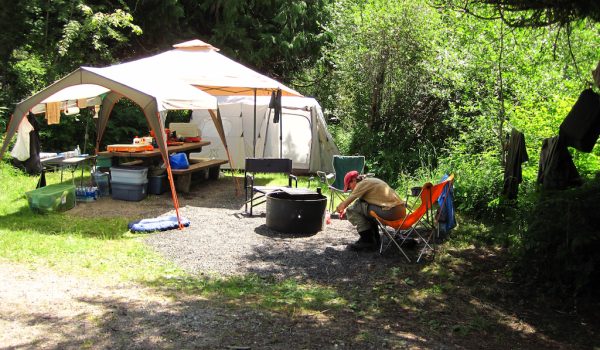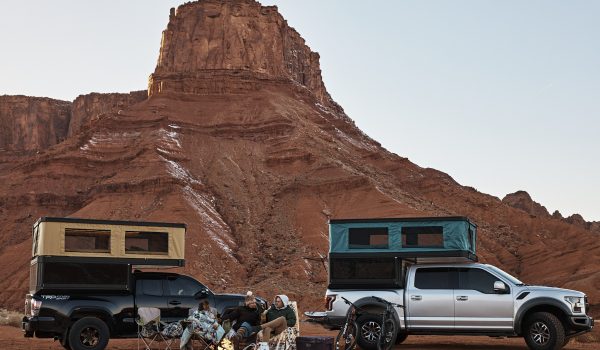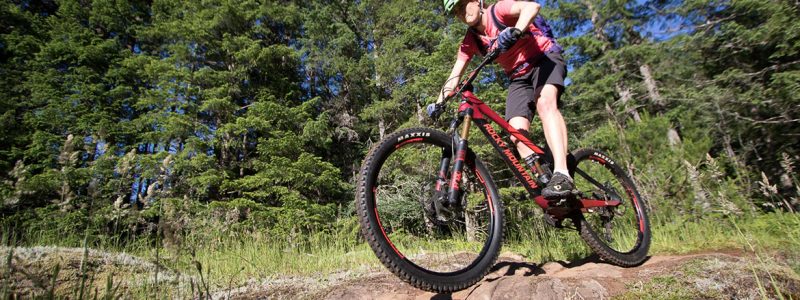
The Best Enduro Mountain Bikes
After testing six of the latest designs we can attest that as a group enduro bikes are truly competent two-way machines. While not at all like a cross-country race rocket, we never felt like saggy slugs on the climbs either. They packed plenty of punchy power on technical terrain and efficient pedaling on the ride up. At the top we hit the ubiquitous dropper seat post into its low position and flew down. These bikes want to roll fast, but offer plenty of forgiveness with the ability to absorb big hits and slow down in a pinch.
With generous amounts of suspension both front and back, the ride is quite plush. All that travel instills plenty of confidence, as we found ourselves riding faster and taking bigger air than ever before. Plus, our test group included very high-end models, between $6,000 and $8,000, making them that much more enjoyable.
On the specs side these are dual-suspension models with anywhere from 150-170mm of travel, carbon fiber frames, 27.5- or 29-inch wheels, and between 65- and 67-degree head angles. The shocks were top-of-the-line factory issue from top brands, but mostly FOX. The drivetrains were also near top end, with a mix of Shimano XT and XTR, as well as SRAM Eagle XO. This category uses almost exclusively 1x setups and either 11 or 12 cogs in the back.
Because of the uphill performance demands, weight is a key focus. The bikes we tested ranged from 28-31 pounds: While not really light, they can hardly be called heavy, especially considering their capabilities. All were carbon-fiber frames and most had a full-carbon rear triangle, handlebars and other components. Wheel rims were a mix of carbon fiber and alloy.
For more reviews beyond this 2017 test, check out our road cycling helmet tests, mountain biking windbreakers test, and other related bike gear reviews.

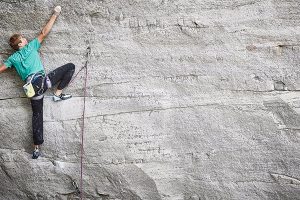






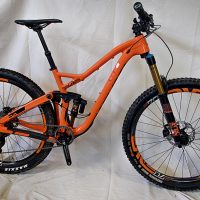
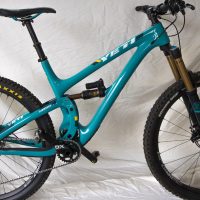
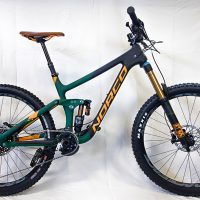
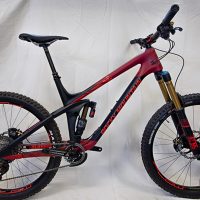
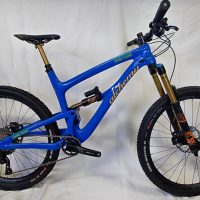
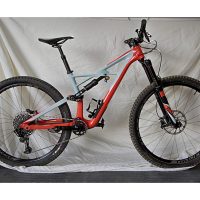
 90
90 